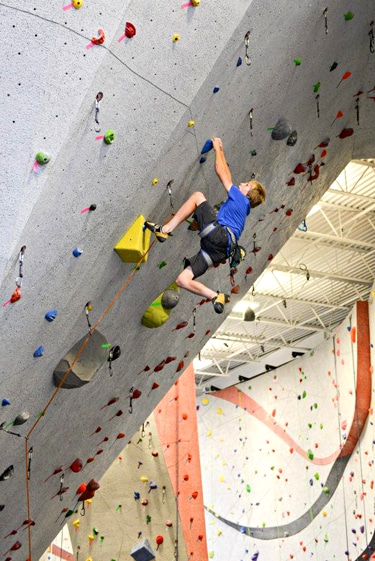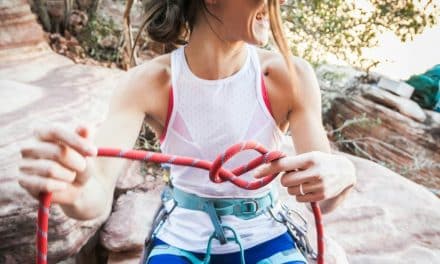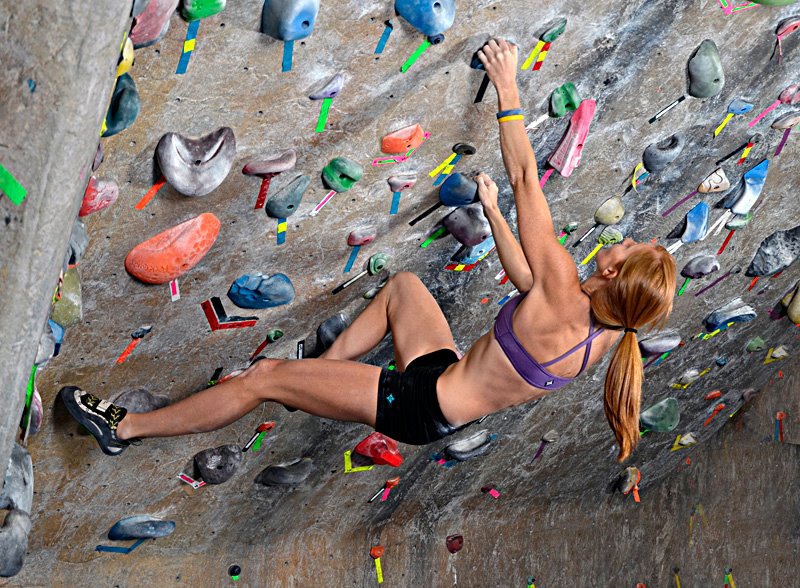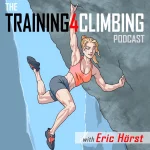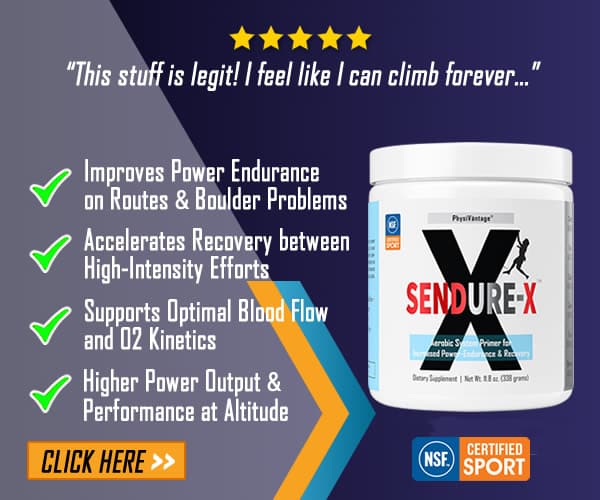Key Findings and Practical Applications
- Elite climbers do not typically possess extremely high aerobic power, nor absolute strength.
- Elite climbers tend towards possessing low body mass and low body fat percentage.
- Handgrip endurance decreases to a greater degree than handgrip strength with severe climbing.
- Effective training should focus on developing climbing-specific strength and local endurance, and increase ATP-PC and anaerobic glycolysis power and capacity.
The Physiology of Difficult Rock Climbing
Phillip B. Watts, PhD. (Northern Michigan University, USA)
Eur J Appl Physiol (2004) 91: 361–372
ABSTRACT:
The purpose of this review is to explore existing research on the physiological aspects of difficult rock climbing. Findings will be categorized into the areas of an athlete profile and an activity model. An objective here is to describe high-level climbing performance; thus the focus will primarily be on studies that involve performances at the 5.11/6c (YDS/French) level of difficulty or higher. Studies have found climbers to be small in stature with low body mass and low body fat. Although absolute strength values are not unusual, strength to body mass ratio is high in accomplished climbers. There is evidence that muscular endurance and high upper body power are important. Climbers do not typically possess extremely high aerobic power, typically averaging between 52–55 ml/kg/min for maximum oxygen uptake. Performance time for a typical ascent ranges from 2 to 7 min and oxygen uptake (VO2) averages around 20–25 ml/kg/min over this period. Peaks of over 30 ml/kg/min for VO2 have been reported. VO2 tends to plateau during sustained climbing yet remains elevated into the post-climb recovery period. Blood lactate accumulates during ascent and remains elevated for over 20 minutes post-climbing. Handgrip endurance decreases to a greater degree than handgrip strength with severe climbing. On the basis of this review, it appears that a specific training program for high-level climbing would include components for developing high, though not elite-level, aerobic power; specific muscular strength and endurance; ATP–PC and anaerobic glycolysis system power and capacity; and some minimum range of motion for leg and arm movements.
Download the full paper (12-page PDF) from T4C >>


